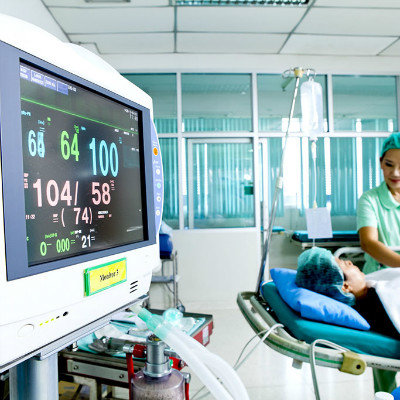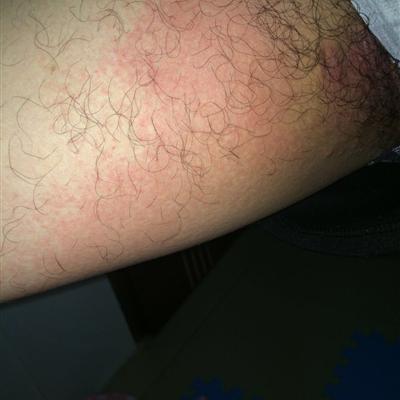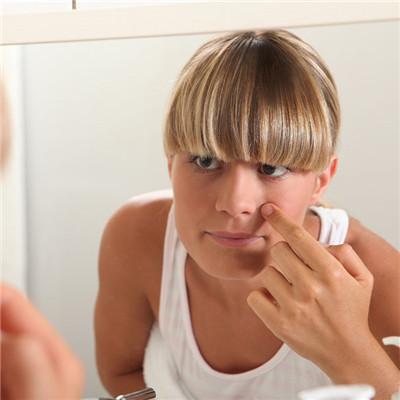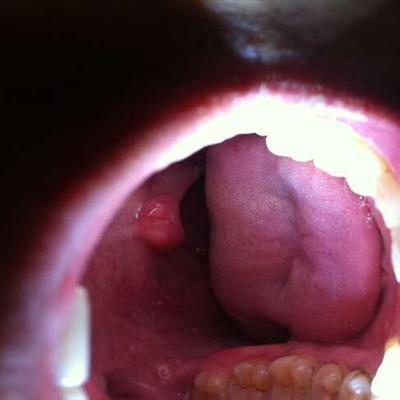Symptoms of peroneal nerve injury
summary
The peroneal nerve is a branch of the sciatic nerve. From popliteal fossa to fibular neck, it is divided into deep branch and shallow branch, which supply some muscle and skin area of leg and foot. The branches of the sciatic nerve run obliquely from the popliteal fossa down to the fibular neck and are divided into deep branches and shallow branches, which supply some muscles and skin areas of the leg and foot. Symptoms of peroneal nerve injury? Let's talk about it
Symptoms of peroneal nerve injury
Paralysis of the anterolateral extensor muscles of the leg resulted in dorsiflexion and valgus of the foot and foot ptosis. As well as the loss of thumb and toe extension function, flexion state, and anterolateral leg and dorsum pedis anterolateral and medial sensory disorders.

The conduction velocity and amplitude of common peroneal nerve decreased, and the latency of F wave or H wave was prolonged; The latency, amplitude and interval of SEP were prolonged; The electromyogram of the muscles innervated by the common peroneal nerve was mostly denervated potential.
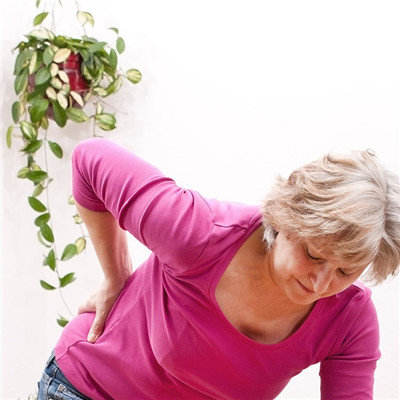
The common peroneal nerve is prone to injury in popliteal fossa and fibular head, which will lead to paralysis of the lateral muscles in the front side of the leg. When valgus occurs, there will be obstacles, showing the pathological condition of varus and droop. In the affected area, there will often be symptoms of inflexibility. Because the location of the above two injuries is relatively shallow, the nerves can be touched, so it should be treated as soon as possible. If the treatment is not timely, the phenomenon of ankle joint fusion will be formed in the late stage.

matters needing attention
First of all, start with passive exercise, which is operated by medical staff or family members, and do flexion and extension activities from ankle joint to interphalangeal joint. The technique should be gentle, and the force should be increased from small to large, twice a day, 20-30 minutes each time. When the patient's muscle strength reaches level 2 or above, active foot flexion and extension activities can be carried out after passive activities, step by step, and can not be forced until the patient can stand, Don't rush to train walking. First, start from the platform until you can use your feet on the ground and don't tilt. Then, do walking training. Pay attention to the gait to make it meet the physiological requirements.





